Home>Maintenance & Safety>Child & Elderly Safety at Home>What Age Can Baby Sit In A Restaurant High Chair?
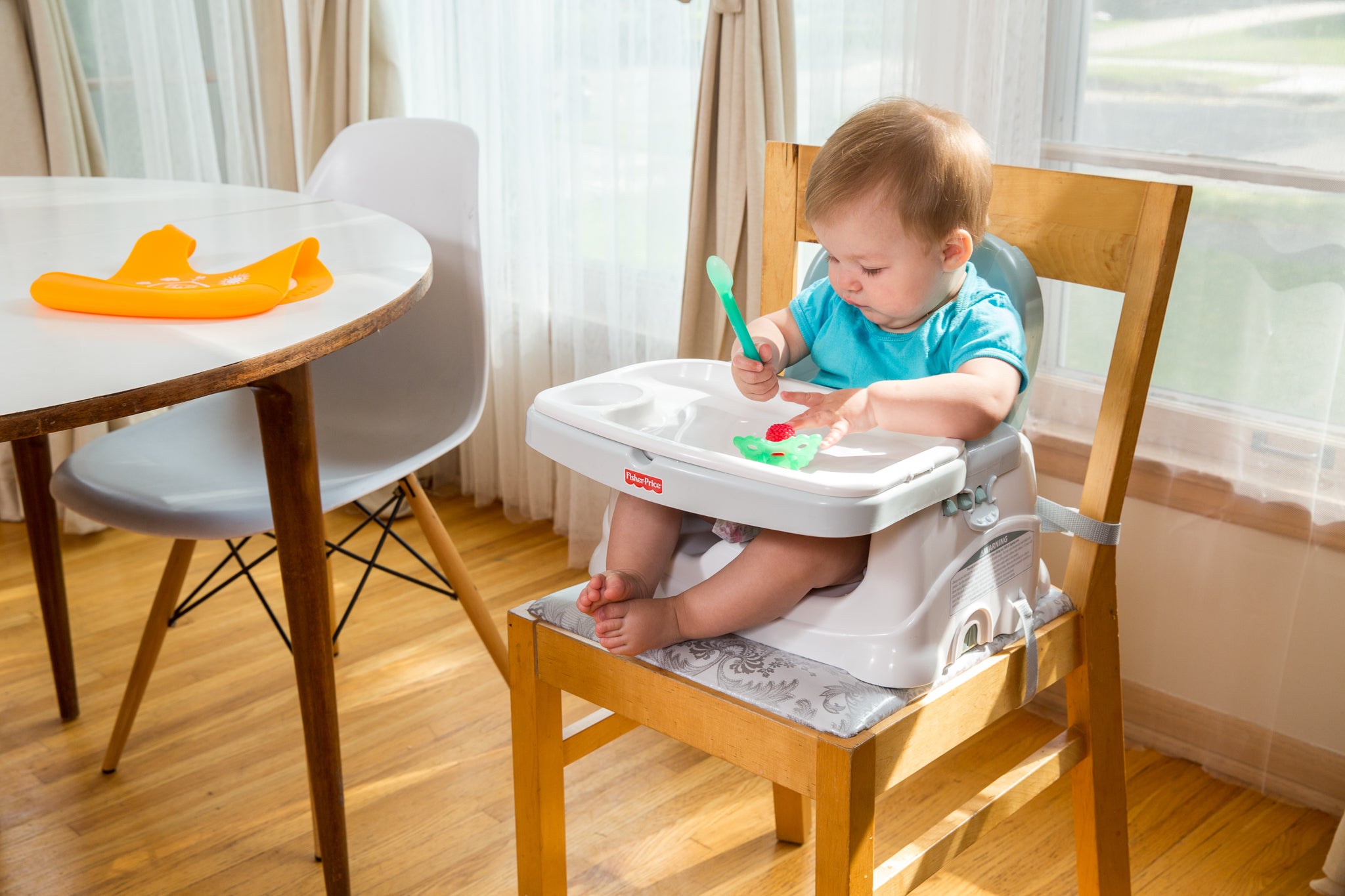

Child & Elderly Safety at Home
What Age Can Baby Sit In A Restaurant High Chair?
Modified: February 18, 2024
Find out the safest age for your child to sit in a restaurant high chair. Learn about child and elderly safety at home to ensure a secure environment.
(Many of the links in this article redirect to a specific reviewed product. Your purchase of these products through affiliate links helps to generate commission for Storables.com, at no extra cost. Learn more)
Introduction
Introducing your baby to sitting in a restaurant high chair can be an exciting milestone, marking their transition from being cradled in your arms to joining the family at the dining table. However, this transition also comes with its own set of safety considerations and developmental milestones. As a parent, ensuring your baby's safety and comfort while dining out is paramount, and understanding the appropriate age and developmental readiness for using a restaurant high chair is crucial.
In this comprehensive guide, we will delve into the safety guidelines for using high chairs in restaurants, explore the developmental milestones that indicate readiness for sitting in a high chair, and provide practical tips for introducing your baby to this new dining experience. By the end of this article, you will have a thorough understanding of how to navigate this exciting phase of your baby's development while prioritizing their safety and well-being. Let's embark on this journey of discovery and learning to ensure that your baby's dining experiences are not only enjoyable but also safe and developmentally appropriate.
Key Takeaways:
- Safety First!
When using a restaurant high chair, always check for sturdiness, secure restraints, and proper positioning to keep your baby safe and comfortable during meal times. - Gradual Introduction
Introduce your baby to a restaurant high chair gradually, with distractions, comfort, and family bonding, to make the experience enjoyable and positive for everyone.
Read more: When Do Babies Sit In A High Chair?
Safety Guidelines for Using High Chairs in Restaurants
Ensuring the safety of your baby when using a high chair in a restaurant is paramount. While high chairs are designed to provide a secure and elevated seating option for infants and toddlers during meal times, it's essential to adhere to specific safety guidelines to minimize the risk of accidents and ensure a positive dining experience for your little one.
-
Sturdy Construction: When using a restaurant high chair, always inspect its construction for sturdiness and stability. Ensure that the chair is in good condition, free from any signs of damage or instability. A wobbly or poorly maintained high chair can pose a significant safety hazard for your baby.
-
Secure Restraints: Check that the high chair is equipped with secure and functional restraints, such as a harness or safety belt. These restraints are crucial for preventing your baby from standing up or slipping out of the chair during meal times, reducing the risk of falls and injuries.
-
Proper Positioning: When placing your baby in the high chair, ensure that they are positioned securely and comfortably. The backrest should provide adequate support, and their legs should fit snugly against the seat without any risk of entrapment. Additionally, make sure that the high chair is positioned away from any potential hazards, such as sharp edges or busy walkways.
-
Weight Limit Consideration: Be mindful of the weight limit specified for the high chair. Exceeding the recommended weight capacity can compromise the chair's stability and safety, increasing the risk of tipping over or structural failure.
-
Supervision: Always supervise your baby closely while they are seated in the high chair. This level of attentiveness is crucial for promptly addressing any signs of discomfort, attempting to climb out of the chair, or engaging in potentially hazardous behaviors during meal times.
-
Cleanliness and Hygiene: Before placing your baby in the high chair, ensure that it is clean and free from any food residue or potential contaminants. Carry disposable or washable seat covers for added hygiene, especially in busy restaurant settings.
By adhering to these safety guidelines, you can create a secure and comfortable dining environment for your baby when using a high chair in restaurants. Prioritizing safety measures not only safeguards your baby from potential hazards but also fosters a positive and enjoyable dining experience for the entire family.
Developmental Milestones for Sitting in a High Chair
The transition to sitting in a high chair marks a significant developmental milestone in your baby's journey towards independence and social integration during meal times. While every baby develops at their own pace, there are certain developmental milestones that indicate readiness for sitting in a high chair and participating in family meals at restaurants or at home.
Physical Stability and Control
One of the primary developmental indicators for sitting in a high chair is the gradual development of your baby's physical stability and control. As your baby grows, they will gain the strength and coordination necessary to sit upright without support. This milestone typically emerges around the age of 6 to 8 months, although individual variations are common. Look for signs of improved head and neck control, as well as the ability to maintain a seated position with minimal assistance.
Grasping and Fine Motor Skills
Another crucial aspect of developmental readiness for sitting in a high chair is the refinement of your baby's grasping and fine motor skills. As they approach the age of 6 to 9 months, you may notice their ability to grasp and manipulate small objects, such as finger foods or age-appropriate utensils. This progression in fine motor skills is essential for self-feeding and actively participating in meal times while seated in a high chair.
Read more: When Can Babies Use A High Chair?
Curiosity and Engagement
Babies who are developmentally ready for sitting in a high chair often display heightened curiosity and engagement during meal times. They may show interest in observing and imitating family members as they eat, indicating a growing awareness of social dining rituals. This curiosity and eagerness to participate in mealtime activities are positive signs of developmental readiness for transitioning to a high chair.
Postural Control and Balance
The development of postural control and balance is a critical milestone for safe and comfortable high chair seating. Around the age of 6 to 9 months, many babies demonstrate improved postural control, allowing them to sit steadily without slumping or toppling over. This milestone is essential for ensuring that your baby can maintain a stable and secure seated position in a high chair, minimizing the risk of falls or discomfort during meal times.
Responsive Interaction
As babies approach the age of 6 to 10 months, they often exhibit increased responsiveness and interaction during meal times. They may eagerly reach for food, make attempts to self-feed, or express their preferences through gestures and vocalizations. This responsive engagement is a positive indicator of developmental readiness for sitting in a high chair and actively participating in the dining experience.
By recognizing and celebrating these developmental milestones, you can ensure that your baby's transition to sitting in a high chair is not only safe but also aligned with their emerging physical, cognitive, and social capabilities. Embracing these milestones with patience and encouragement sets the stage for enjoyable and enriching dining experiences for your baby and the entire family.
Tips for Introducing Baby to Sitting in a Restaurant High Chair
Introducing your baby to sitting in a restaurant high chair can be a delightful yet potentially challenging experience. As a parent, you play a pivotal role in facilitating this transition with patience, encouragement, and a keen focus on your baby's comfort and safety. Here are some valuable tips to guide you through this exciting phase:
Read more: What Age Do You Need A High Chair?
Familiarization at Home
Before venturing to a restaurant, create a familiarization process at home by introducing your baby to a high chair in a comfortable and familiar environment. Allow them to explore the high chair, perhaps during playtime or while observing family meals. This familiarity can help alleviate any apprehension or resistance when using a high chair in a new setting.
Gradual Exposure
When introducing your baby to a restaurant high chair, consider starting with brief periods of seating during quieter dining hours. This gradual exposure allows your baby to acclimate to the new environment and seating arrangement without feeling overwhelmed. Over time, they will become more accustomed to the high chair experience, making subsequent dining outings more enjoyable for everyone.
Distraction and Engagement
To keep your baby engaged and content while seated in a restaurant high chair, bring along their favorite toys, books, or small, safe snacks. These distractions can help them stay occupied and focused, reducing restlessness and promoting a positive association with high chair seating.
Comfort and Support
Prioritize your baby's comfort by ensuring that the high chair is appropriately padded and equipped with a supportive cushion or insert, if needed. Additionally, consider bringing along familiar blankets or soft items that provide a sense of security and comfort during the dining experience.
Read more: When Can Babies Sit In Bathtub
Family Bonding
Emphasize the communal aspect of dining by positioning the high chair within close proximity to the family table. This arrangement fosters a sense of inclusion and allows your baby to observe and participate in family interactions during meal times, promoting a positive and engaging dining experience.
Positive Reinforcement
Celebrate your baby's milestones and achievements during high chair seating with positive reinforcement and encouragement. Verbal praise, smiles, and gentle reassurance can reinforce their confidence and comfort in the high chair, creating a supportive and nurturing dining environment.
Flexibility and Patience
Approach the introduction to sitting in a restaurant high chair with flexibility and patience. Understand that some outings may be more challenging than others, and it's okay to adapt to your baby's needs and cues. By maintaining a patient and adaptable mindset, you can navigate this transition with grace and understanding.
By incorporating these tips into your approach, you can facilitate a smooth and positive introduction to sitting in a restaurant high chair for your baby. This process not only nurtures their developmental growth and social integration but also lays the foundation for enjoyable and memorable family dining experiences.
Conclusion
In conclusion, the journey of introducing your baby to sitting in a restaurant high chair is a multifaceted experience that intertwines safety, developmental readiness, and nurturing positive dining interactions. By prioritizing safety guidelines, such as inspecting the high chair's construction, ensuring secure restraints, and maintaining cleanliness, you create a secure dining environment for your little one. Understanding the developmental milestones for sitting in a high chair, including physical stability, fine motor skills, and responsive engagement, allows you to gauge your baby's readiness and provide appropriate support during this transition.
As you embark on this journey, the tips for introducing your baby to a restaurant high chair serve as valuable tools for fostering familiarity, comfort, and engagement. From gradual exposure and distraction to family bonding and positive reinforcement, these strategies empower you to navigate the introduction to high chair seating with patience and adaptability, nurturing a positive and enriching dining experience for your baby and the entire family.
Ultimately, the transition to sitting in a restaurant high chair symbolizes your baby's growing independence and their integration into the communal rituals of family dining. By embracing this milestone with attentiveness, encouragement, and a deep understanding of your baby's evolving capabilities, you lay the groundwork for a lifetime of enjoyable and meaningful dining experiences. As your baby thrives in their newfound role at the family table, each meal becomes an opportunity for shared moments, laughter, and the joy of watching your little one explore the world of flavors and textures.
In the tapestry of parenthood, every milestone, no matter how seemingly small, weaves a story of love, growth, and cherished memories. The introduction to sitting in a restaurant high chair is not just about a change in seating; it's a testament to the beautiful journey of nurturing and celebrating your baby's development, one meal at a time. So, as you embark on this adventure, may each dining experience be filled with laughter, discovery, and the warmth of togetherness, creating lasting memories that enrich your family's tapestry for years to come.
Frequently Asked Questions about What Age Can Baby Sit In A Restaurant High Chair?
Was this page helpful?
At Storables.com, we guarantee accurate and reliable information. Our content, validated by Expert Board Contributors, is crafted following stringent Editorial Policies. We're committed to providing you with well-researched, expert-backed insights for all your informational needs.
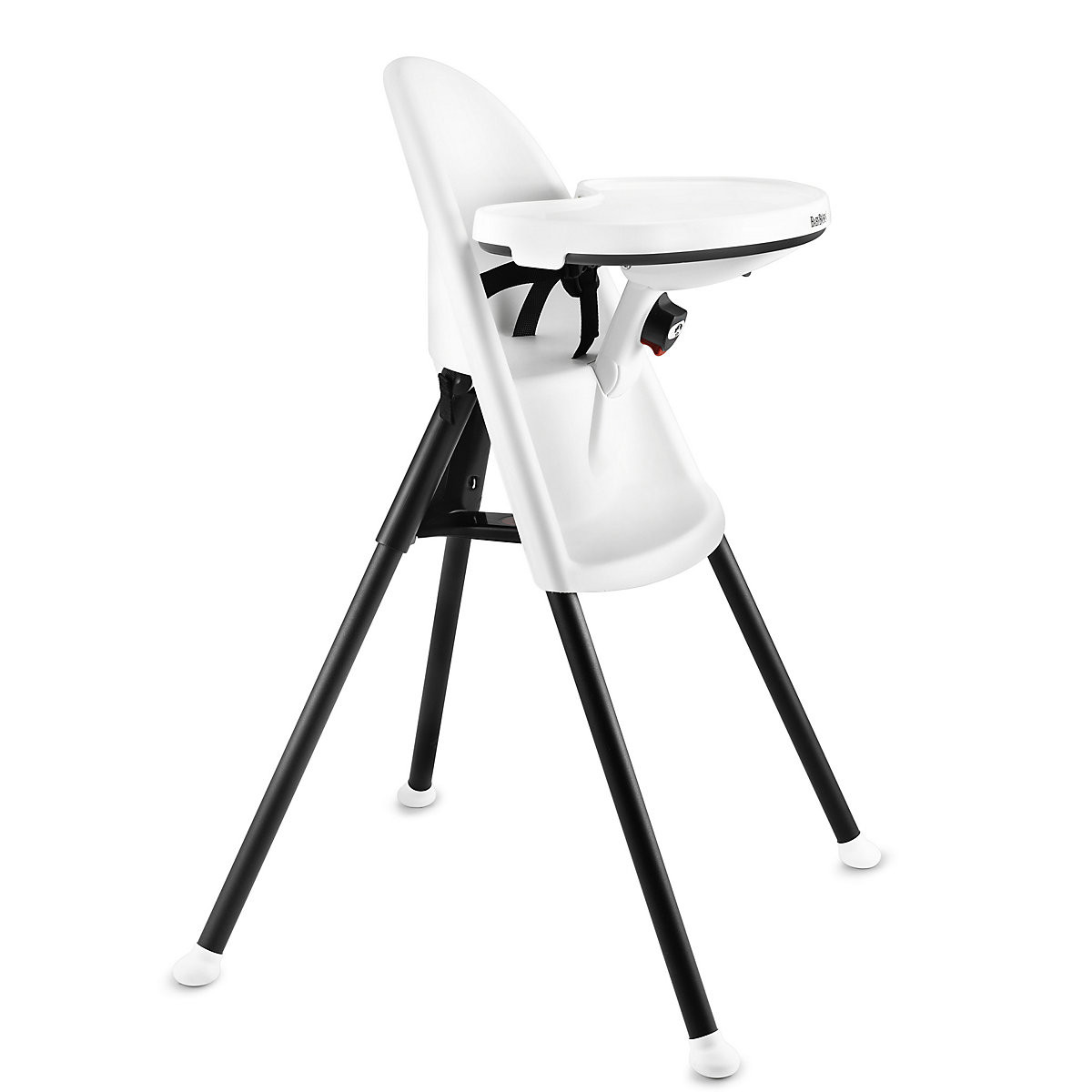
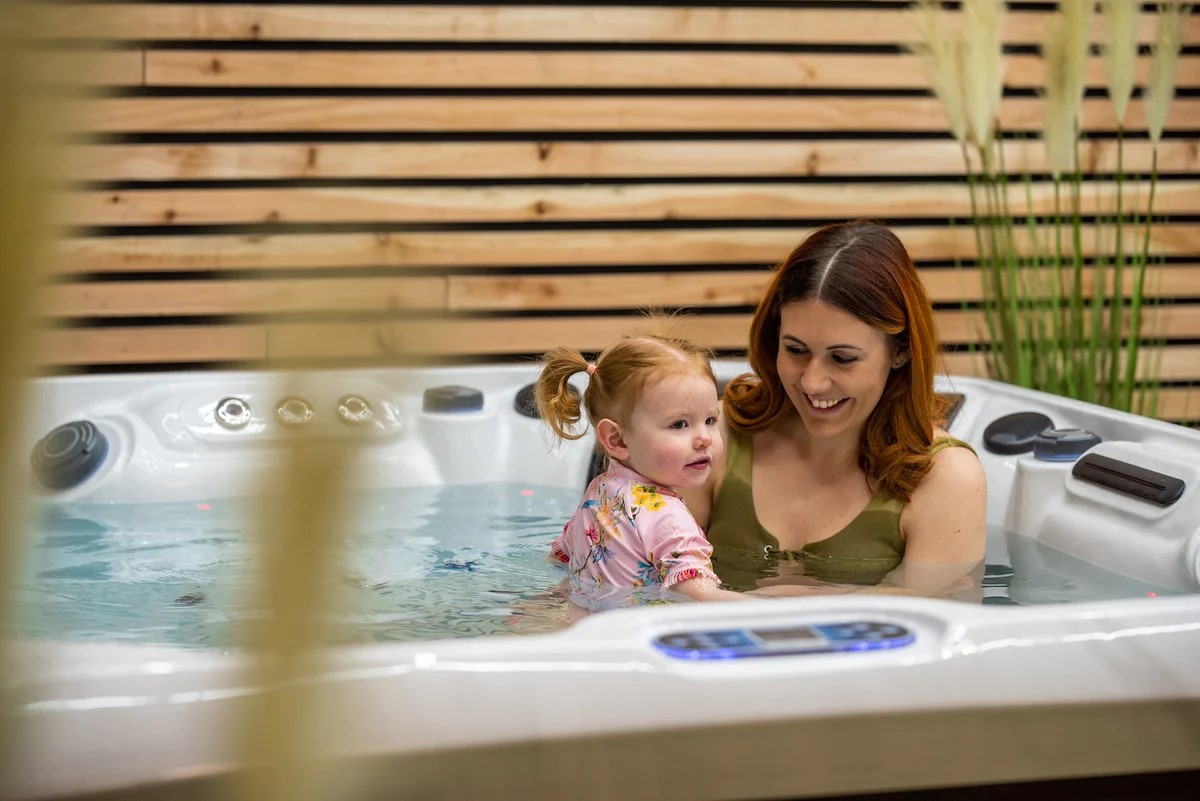


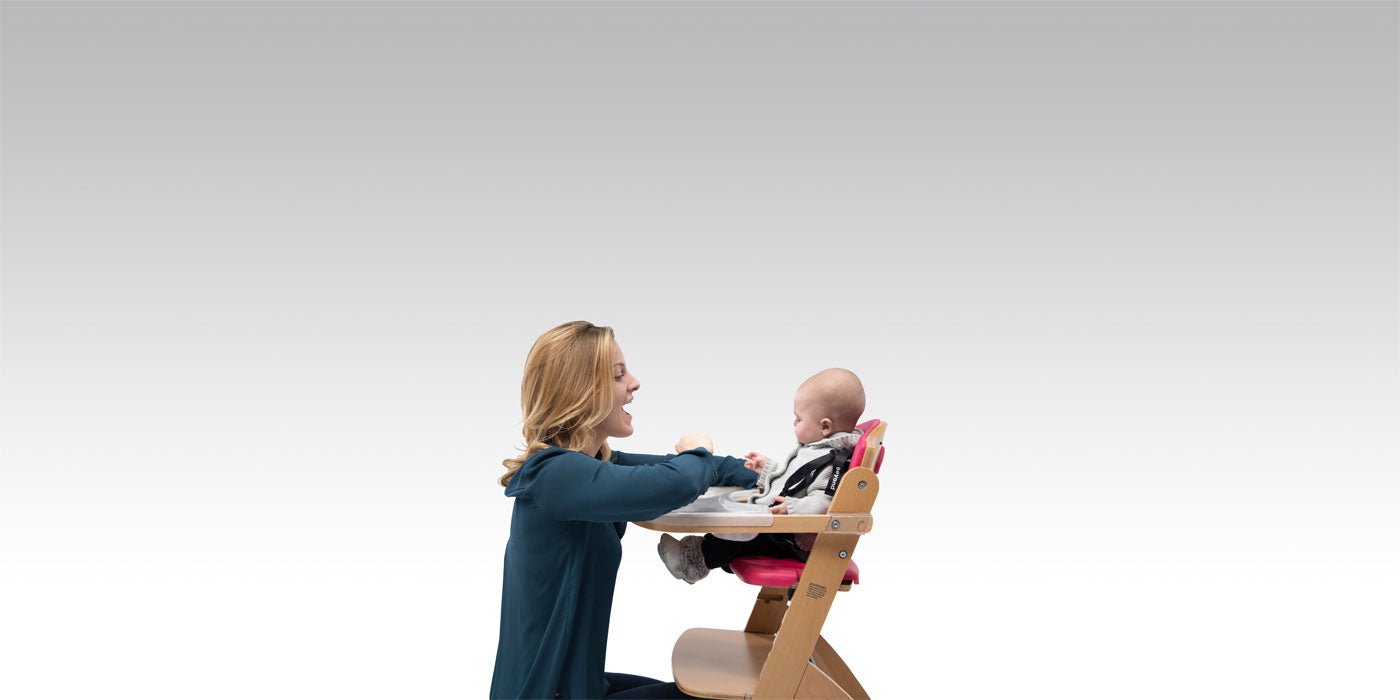
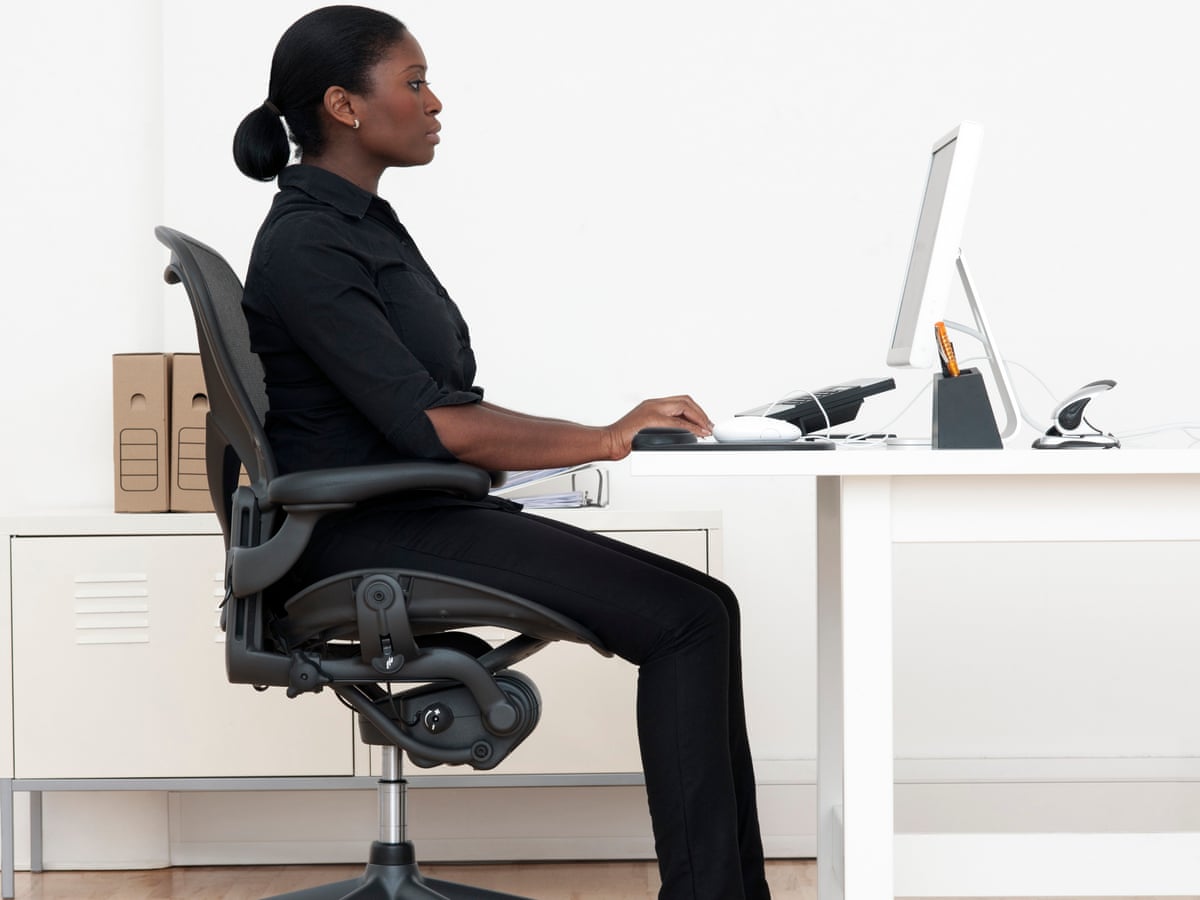
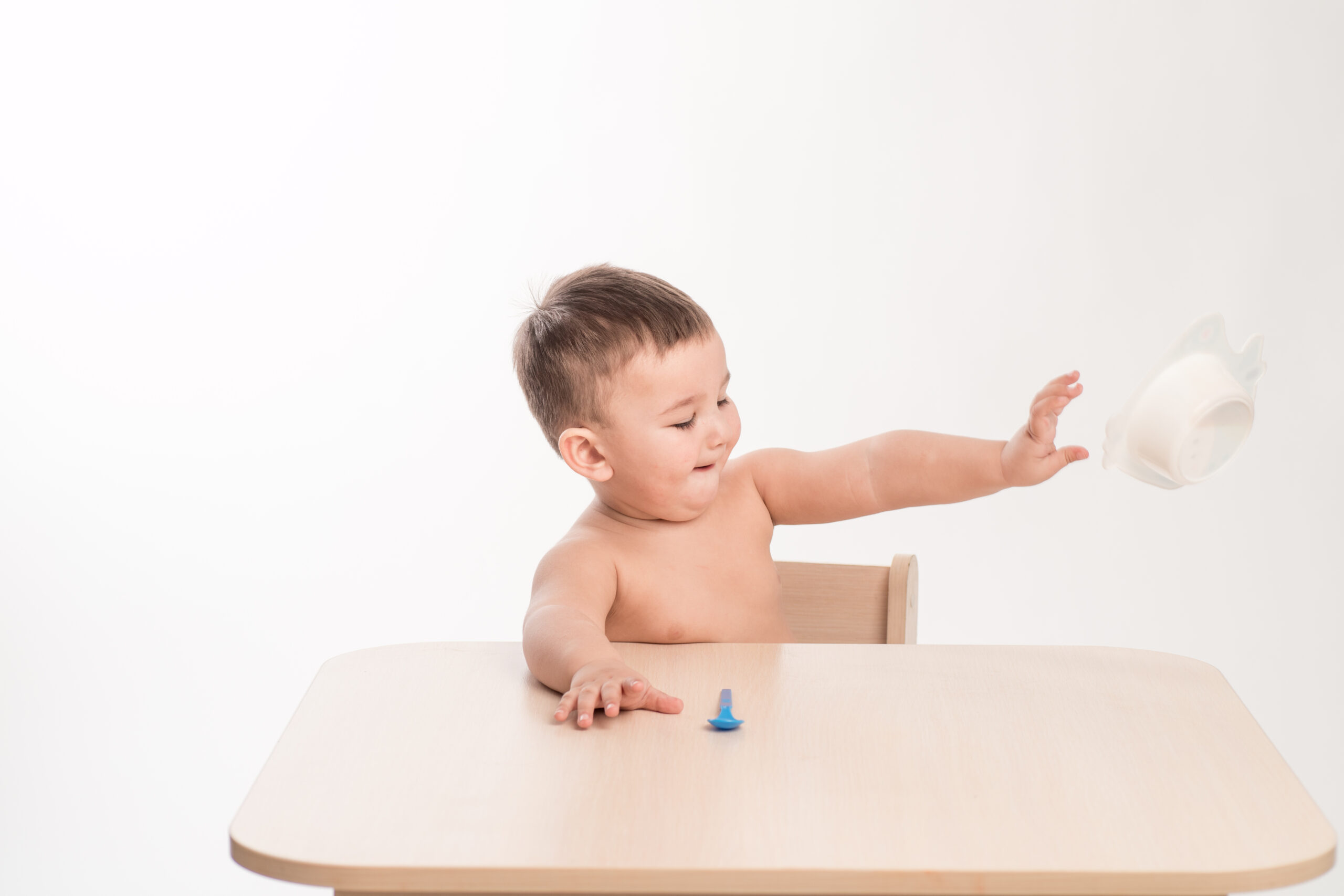
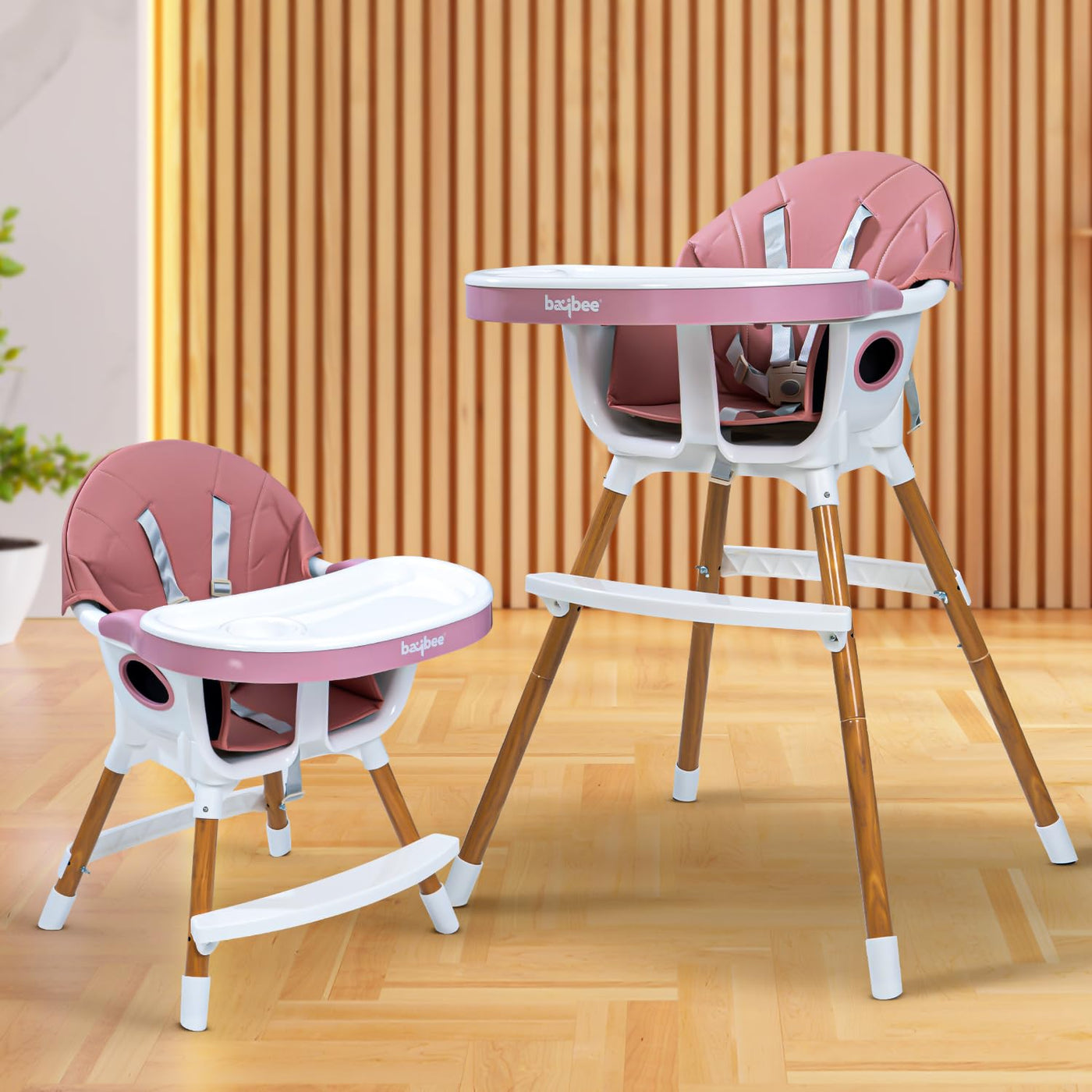
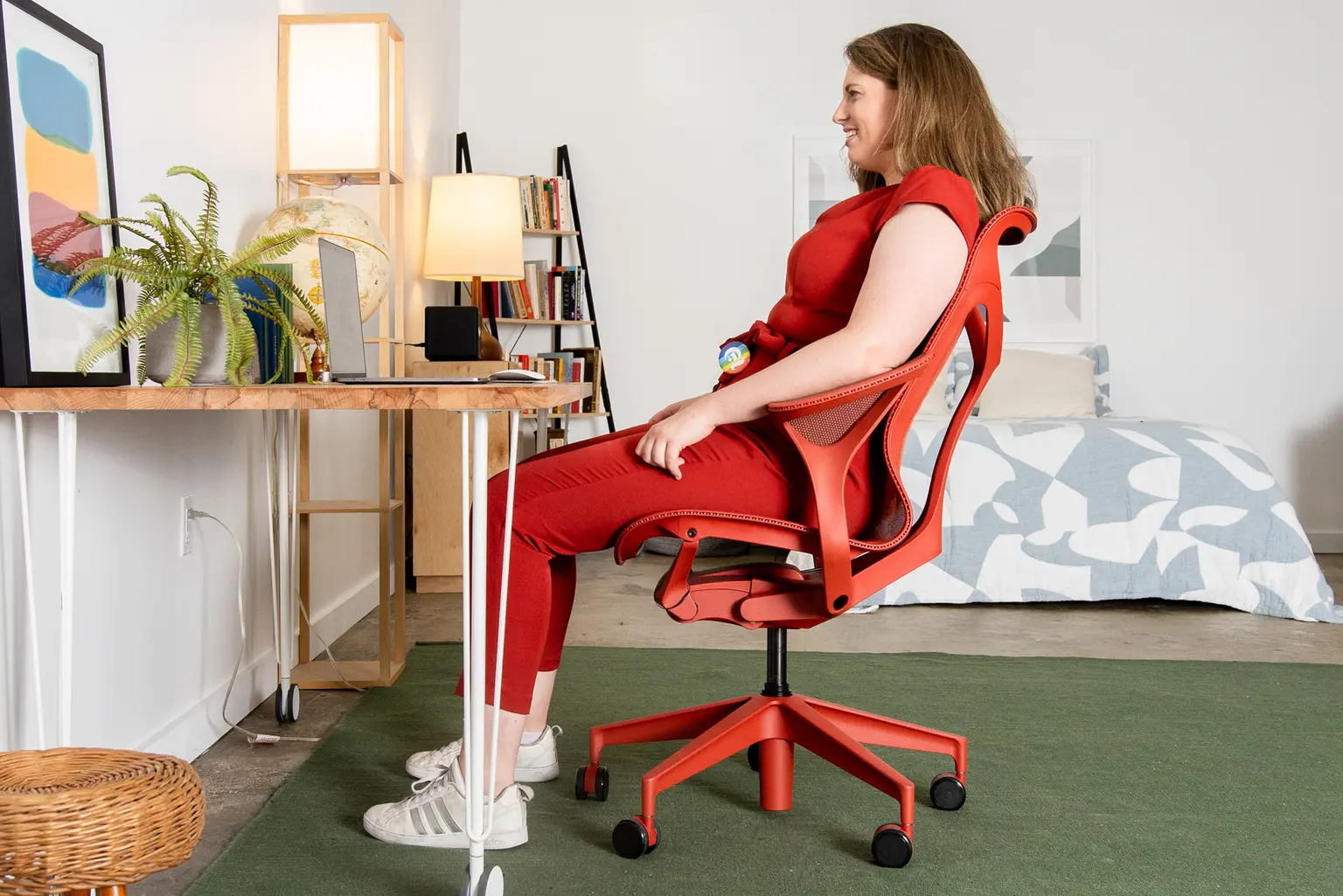

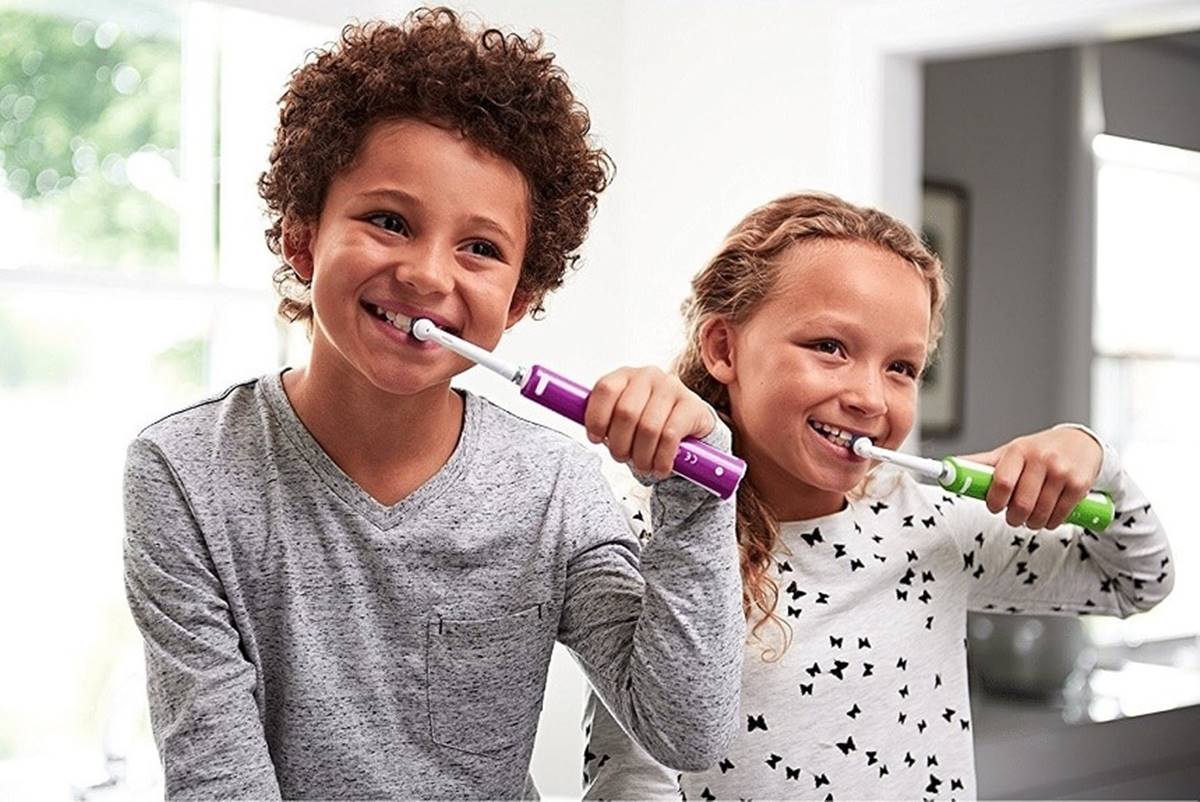
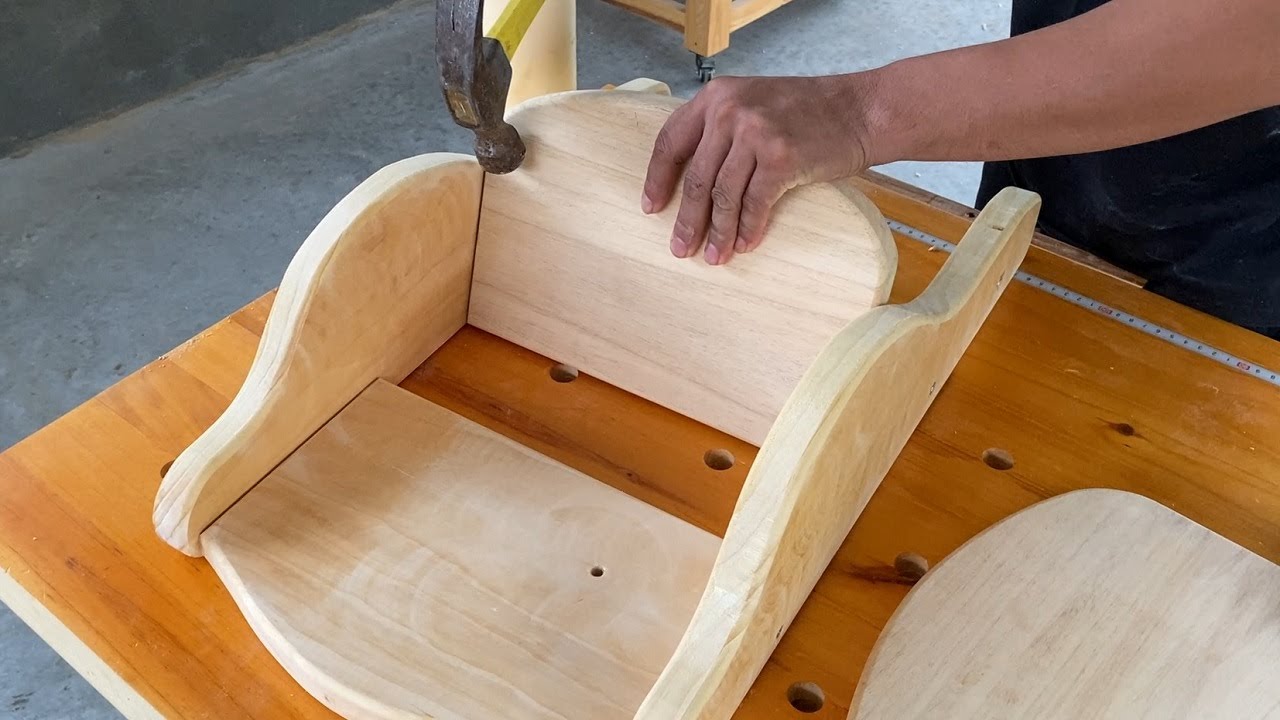

0 thoughts on “What Age Can Baby Sit In A Restaurant High Chair?”